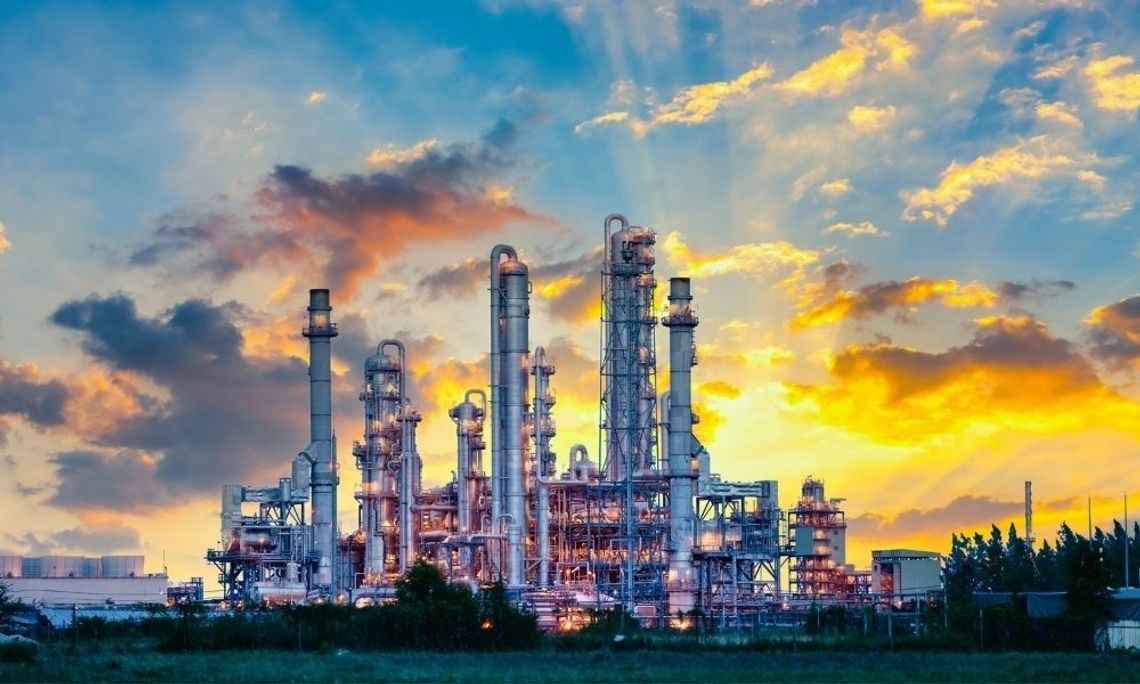In any chemical manufacturing process, there are always inherent risks to the safety of both workers and the surrounding community. While many plants have robust safety protocols in place, it is always important to evaluate these programs and look for ways to improve safety in chemical manufacturing.
Safety in Chemical Manufacturing and Why It Is Important
Chemical manufacturing, while necessary to produce a wide variety of products, can be dangerous. Hazards in chemical manufacturing can cause explosions, fires, leaks, and spills that could contaminate surrounding soil and water sources. Therefore, chemical manufacturing facilities must have a robust safety program in place not only to protect their workers but also to limit the impact of any accidents caused by negligence. Innovations in chemical manufacturing are key to ensuring the safety of employees, so let’s take a look at what improvements have been made in the workplace.
Implementing Safety Improvements in a Chemical Manufacturing Workspace
There are ways to improve safety in chemical manufacturing plants to reduce the likelihood of accidents, injury, and even job site fatalities. These include:
- Ensuring all equipment is properly maintained to avoid malfunctions or leaks.
- Fostering an environment where workers can come forward to report safety concerns without fear of retaliation or job loss.
- Regularly reviewing safety protocols and incident reports.
- Encouraging employees to take all necessary precautions when working around chemicals.
- Having a clear reporting structure in place for workers to voice concerns and have questions answered by trained experts.
- Implementing a plan for emergencies that includes clearly defined Emergency Response Teams (ERTs).
- Providing training sessions on the dangers of chemical exposure.
- Conducting regular walkthroughs of the entire plant to identify hazards and safety issues that may have been forgotten or overlooked.
- Using the latest safety equipment, including respirators, eye protection, and self-contained breathing apparatuses (SCBA).
- Having an effective system in place for keeping track of chemicals and equipment throughout the facility, with clear signs and labeling inside chemical storage units.
- Developing a process hazard analysis (PHA) to identify potential safety hazards that may arise while performing chemical manufacturing.
- Allowing workers to monitor conditions in real-time via camera systems or through computerized reporting.
- Hiring a third-party safety monitor to evaluate your manufacturing processes for ways to improve safety in chemical manufacturing.
- Conducting routine inspections of the entire plant at least once a week and immediately addressing any hazards or safety issues found.
- Ensuring all workers understand how to work safely around chemicals.
- Conducting regular training sessions on avoiding injuries and accidents in chemical manufacturing facilities.
In Summary
Safety hazards can devastate workers, disabling them or even killing them outright. They can also irreparably damage chemical plants, causing leaks or explosions that could harm workers outside the plant and those in the surrounding community. All plants should implement a comprehensive safety program to make their facilities safer for all involved.


Comment
Comments